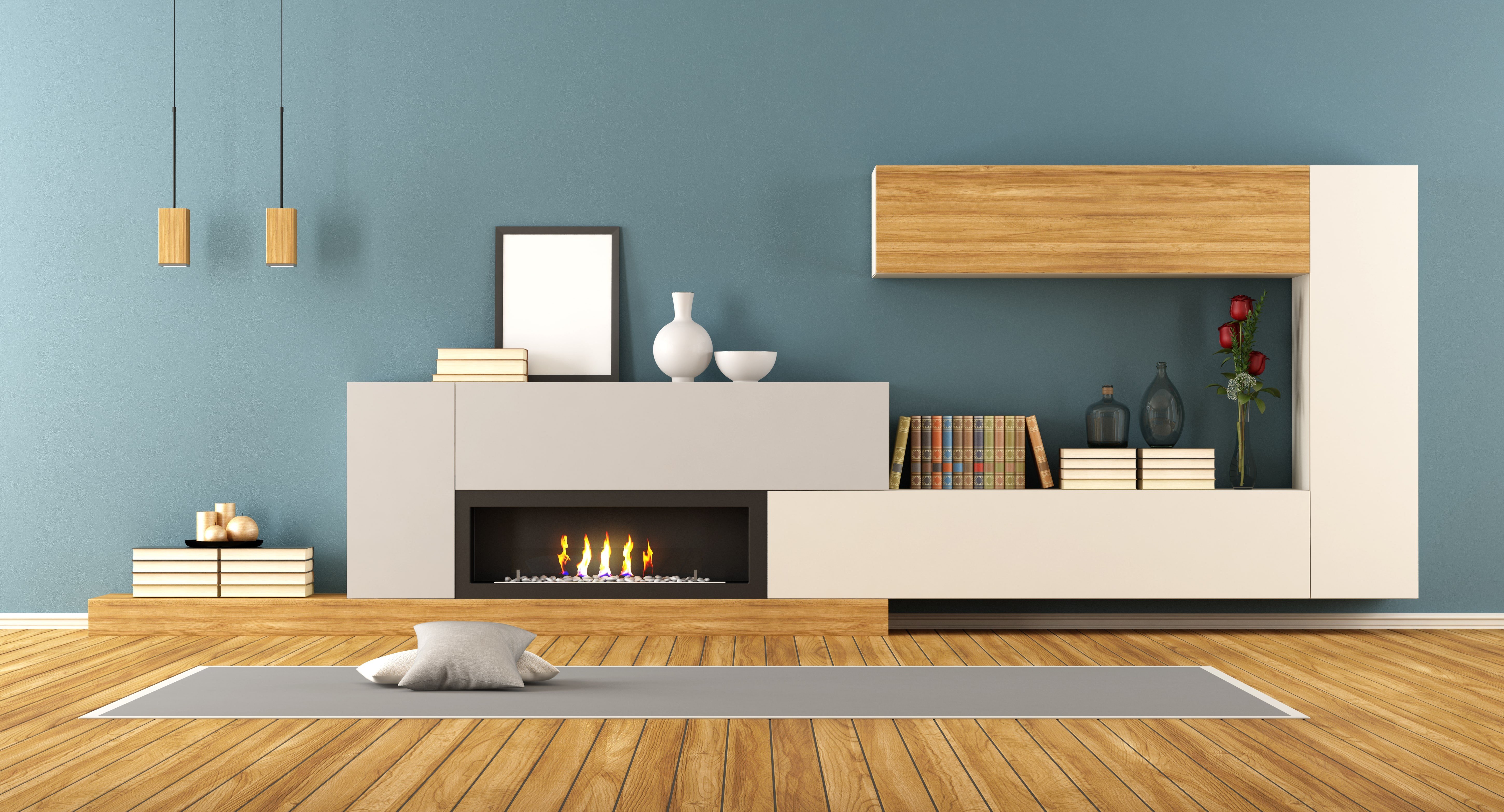What To Focus On When The Improvement Of Buy Fireplace

A Comprehensive Guide to Buying a Fireplace: Choosing the Right Fit for Your Home
Fireplaces have long been a main function in homes, supplying heat, ambiance, and an event location for friends and families. Whether you're building a brand-new home, renovating an existing space, or just aiming to update your present setup, purchasing the best fireplace can make all the difference. This guide intends to provide a thorough introduction of different fireplace choices, factors to consider for installation, and pointers for maintenance.
Kinds of Fireplaces
When thinking about a new fireplace, property buyers will find a number of types to pick from. Each type includes its own special functions, benefits, and drawbacks. Below is a breakdown of common fireplace types:
| Fireplace Type | Description | Pros | Cons |
|---|---|---|---|
| Wood-Burning | Traditional alternative utilizing logs for fuel. | Authentic experience, strong heat source. | Needs routine upkeep, fuel storage, and ventilation. |
| Gas | Utilizes gas or lp, typically with a vented or ventless alternative. | Easy to use, less maintenance than wood. | Requires a gas line, may lose some ambiance. |
| Electric | Plug-and-play choices with no need for venting, supplying simulated flames. | No setup required, safe for homes. | Does not have the credibility of genuine flames. |
| Ethanol | Uses bio-ethanol fuel in a portable or set system. | Tidy burning, no venting required. | More costly fuel expenses, minimal heat output. |
| Pellet | Burns compressed wood pellets for fuel, comparable to wood-burning. | Eco-friendly, low emissions. | Requires electricity for operation, particular fuel required. |
Secret Considerations When Buying a Fireplace
1. Space Size and Layout
The fireplace ought to be ideal for the size and layout of the room. A fireplace that is too large may overwhelm the space, while one that is too small might not successfully heat the location.
2. Heating Needs
Think about just how much heat you need for the space. An electric fireplace may be sufficient for a smaller space, while a wood-burning or gas fireplace is ideal for larger areas requiring substantial warmth.
3. Visual and Style
Fireplaces can be found in a variety of styles, from contemporary to rustic. It's important to choose one that matches the total decoration of your home.
Popular Fireplace Styles:
- Modern streamlined styles
- Traditional ornate surfaces
- Rustic stone or brick
- Minimalist electric models
4. Fuel Source
Picking a fuel source is important for function as well as preference. Property owners ought to think about the availability, cost, and benefit of the fuel they wish to use.
5. Installation Requirements
Comprehend the installation requirements, as some fireplaces, particularly wood-burning systems, require a chimney, while others may be more uncomplicated to install. Property owners may require to talk to specialists to guarantee correct installation and compliance with local codes.
6. Spending plan
Fireplaces can vary significantly in price from economical electric models to high-end gas and wood-burning units. Aside from the initial purchase rate, consider installation costs and ongoing fuel expenses.
Installation Process
Setting up a fireplace is a considerable job that might need expert aid. Here is a summary of the general steps included:
Planning and Design
- Examine places and styles based on style and heating requirements.
Obtain Necessary Permits
- Check local building guidelines and get any necessary licenses for installation.
Select a Professional Installer
- Think about working with a licensed professional for safety and compliance with codes.
Prepare the Installation Site
- Clear the location and established any required products or support structures.
Follow Manufacturer Instructions
- Stick to particular guidelines provided by the fireplace maker during installation.
Last Inspection
- After setup, ensure a last inspection is carried out to validate the system's safety and performance.
Upkeep Tips for Your Fireplace
To make sure longevity and optimal performance of your fireplace, routine maintenance is important. Here are some tips to keep your fireplace in terrific shape:
Wood-Burning Fireplaces
- Tidy the chimney at least as soon as a year to prevent creosote buildup.
- Use experienced wood for less smoke and much better effectiveness.
- Examine the fireplace structure for cracks or deterioration.
Gas Fireplaces
- Check gas connections for leaks periodically.
- Clean the glass and the burner for optimal performance.
- Arrange annual maintenance with a certified technician.
Electric Fireplaces
- Dust and tidy the system regularly.
- Examine connections and change any faulty parts if required.
- Ensure the system is sparkling tidy before use each season.
Ethanol and Pellet Fireplaces
- Keep fuel sources stored securely and away from heat.
- Tidy the burner and guarantee no clogs happen.
FAQs
Q: What kind of fireplace is most effective for heating?A: Gas fireplaces and
pellet stoves tend to have higher performances, transforming more energy to heat compared to wood-burning alternatives.
Q: Can I set up a fireplace in any room?A: While many rooms can accommodate a fireplace, ventilation, readily available space, and local guidelines might impact expediency.
Q: Are electric fireplaces safe?A: Yes,
electric fireplaces are usually really safe, contain no genuine flames, and frequently consist of features that avoid overheating.
Q: How do I pick the ideal size fireplace?A: Consider the square video of the space and talk to suppliers about recommended BTU ratings for heating efficiency. Purchasing a fireplace is a considerable
decision that can considerably enhance your home. By thinking about Online Fireplaces UK of fireplace, your heating requires, installation requirements, and ongoing upkeep, property owners can choose the ideal unit to fulfill their choices and improve their home for many years to come. Whether you lean towards a traditional wood-burning fireplace or a modern electric service, the ideal fireplace will provide heat, convenience, and design that can be valued for generations.

